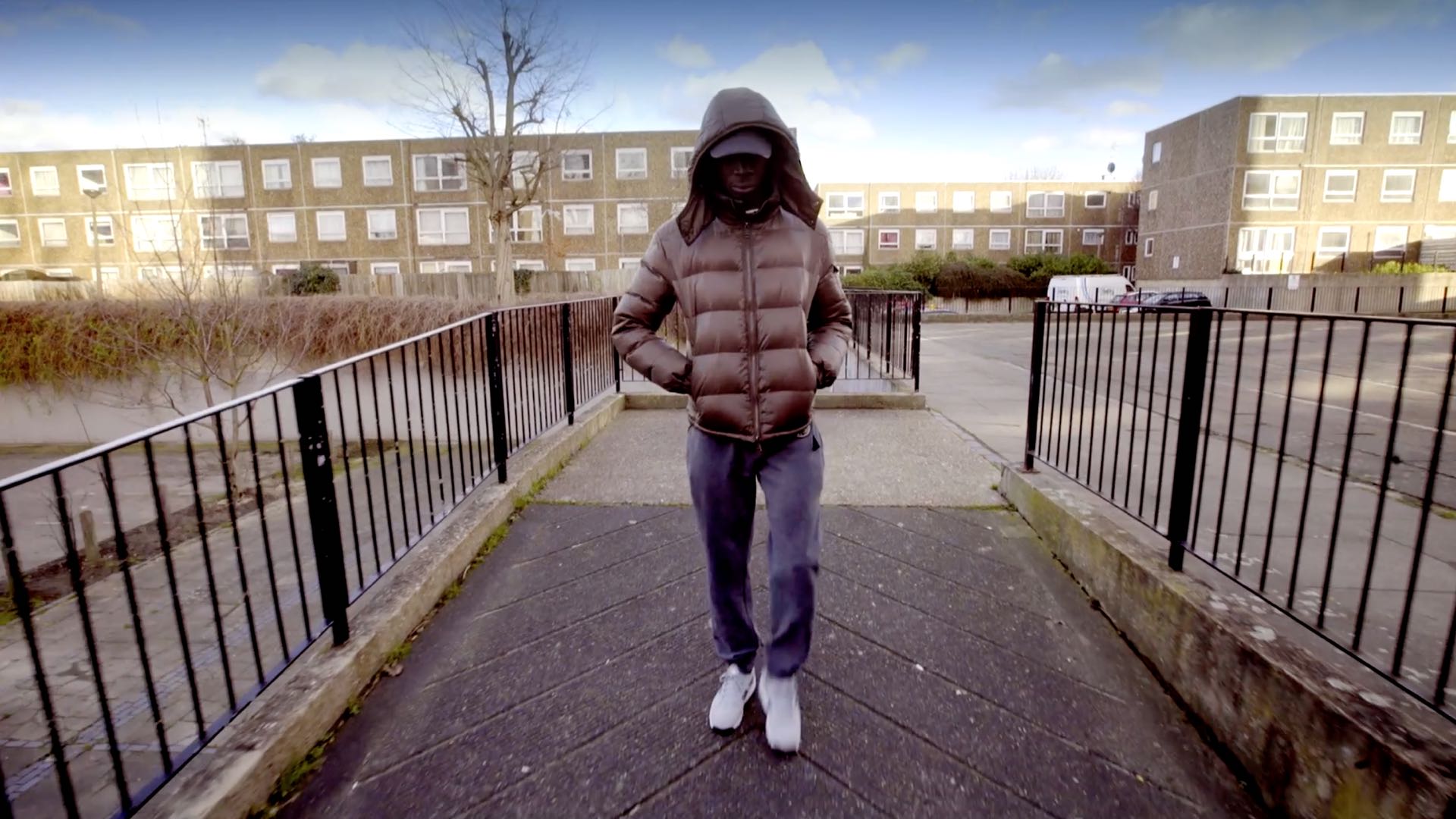Film-maker Paul Blake gave cameras to gang members and let them record themselves. What they shot was more shocking, and personal, than he expected
By Hannah Ellis-Petersen @HannahEP
Tuesday 30th August 2016
A new documentary will offer uncompromising access into the workings of some of London’s most brutal and notorious street gangs, using footage shot by the young people who operate within this world.
Film-maker Paul Blake managed to get a rare insight into some of the 225 gangs that operate in Britain’s capital, including shots of large weapons caches boasting dozens of guns and knives, and the packaging and selling of class-A drugs.
Gangland, which is split between two episodes, gained unique access by giving the cameras to the gang members themselves and leaving it up to them to film what they wanted. Blake did not even make contact with the figures, but instead would leave the cameras at pre-arranged “dead drops” in central London and in parks – places without CCTV and where no one could be seen coming and going.
He would then pick up the cameras later, without any knowledge of what footage they would contain.
“I didn’t know the gang members who filmed, they didn’t want me to meet them,” said Blake. “This was about the control and the distance, and I was happy for that distance frankly because what came back was shocking.”
Blake spent over a decade trying to get a documentary made which would give voice to the thoughts and motivations of gang members and help understand how boys as young as 12 were dying from gang violence, stabbings and shootings.
It was not an easy sell to commissioners he said, who continually told him that “it wouldn’t rate, it was an insignificant story, it’s not relevant to the nation. I was rebuffed at every attempt.”
He added: “This documentary was born from the fact that I am a black man, born in this country, and I was just pissed off that no one cared about these young black kids who are dying, they didn’t care about the loss experienced by their families. Yet it could happen to me, it could happen to one of my friend’s kids. It deeply upset me that this was going on for years but these kids just became faceless, just another nib in the Evening Standard.”
It was only in 2015 that Channel 5 commissioned the documentary. Blake, after years of building relationships within the world of street gangs, was able to find a group willing to speak to the camera and tell their stories. Yet in the midst of filming, it all went wrong. Two young gang members were sent to jail in the same week, and a week later another was shot. He survived but was taken in protective custody so filming became impossible and Blake was forced to start from scratch.
It was then he landed on the idea of getting the gang members to film themselves, to overcome the obstacle that speaking to a journalist was perceived as snitching. It proved to be a fruitful but haunting process. Blake said: “The first footage that came back was of the revolvers with the copious amounts of drugs. It was an entry into a world that I don’t belong in, and having that distance was a reminder that my job was to help tell their story.”
The young men’s willingness to speak to camera (with their faces hidden behind balaclavas) and talk not just about drugs and weapons but their own motivations and aspirations came with time, and Blake considers that some of the most revealing footage he received.
“I saw that they were not only showing us what they do, but also what they thought and why they do it,” he said. “That’s probably more shocking than people waving firearms around. Them talking about how they really wanted to make money but also put back into their community, how they just wanted to get on but if that meant taking from the next man, they would. And that wasn’t a journalist or filmmaker saying that, it’s them saying it.”
As well as offering raw and uncensored footage of moments such as drug dealers stuffing bag of drugs up their own orifices to hide them from police, the film also focuses on those individuals who are not in gangs but live surrounded by the culture – and are often the ones who end up dead.
Blake found himself confronted with the awful reality of this when two young boys, neither of whom were in gangs but whom he had filmed for the second part of the documentary, both ended up dead before he finished shooting the documentary. Sixteen-year-old rappers Showkey and Myron Yarde were killed in separate stabbings. Blake said he had been “completely devastated” by the news.
“I knew that someone was going to die just because of the way it is in that world. So it wasn’t a surprise, really, but it was just incredibly sad and very hard to deal with on a personal level.”
As part of his filming, Blake recorded Yarde filming a music video and recalls how excited the 16-year-old had been about making music and was waiting on his GCSE results.
The figures show that the problem of gang violence in London is on the rise again, with gang-related crime up 23% last year and over 6,000 incidents of serious youth violence this year. Blake said until people stopped dismissing it as a “black problem” or an issue totally separate from their own lives, the death toll would continue to spiral.
“We are telling this story because it means they are not faceless, they’re not just some line in the newspaper that we all move on from instantly or don’t even bother to read about in the first place,” he said. “This is warfare on our own doorstep and young kids are dying.”
Original Article: https://www.theguardian.com/tv-and-radio/2016/aug/30/gangland-this-is-warfare-on-our-doorstep-what-life-is-really-like-inside-a-london-gang


